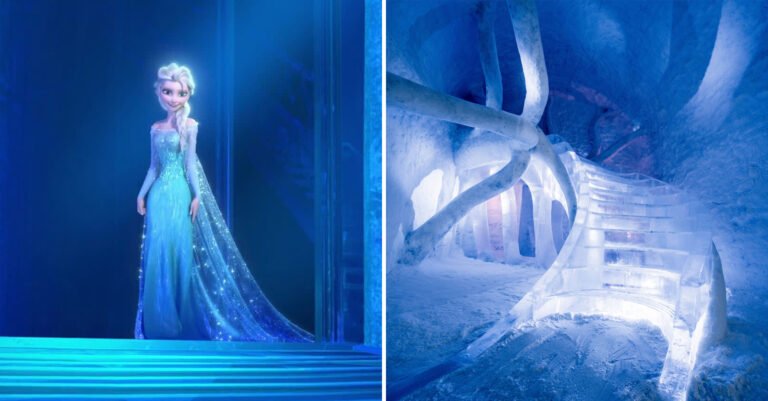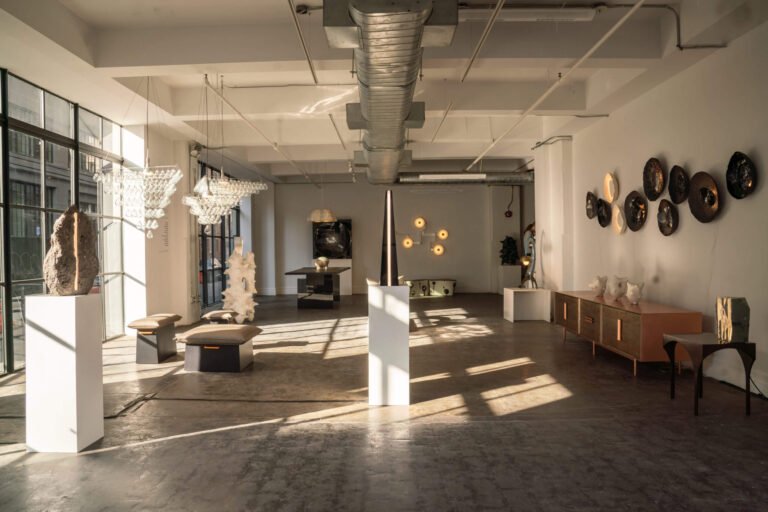Cemented in Style: Seoul Takes Concrete in Exciting New Directions
How can architecture be a force for good in our ever-changing world? During Future Fest, we’ll pose this question to some of the world’s best architects. Launching in September, our three-week-long virtual event will be 100% free to attend. Register here!
When architect Kim Chung-up first introduced concrete to South Korea in 1962 with his design of the French Embassy in Seoul, the material quickly heralded a bold new age for Korean architecture. In the country’s rapidly growing cities, architects substituted wood with the new material and discarded much of the country’s traditional architectural style for homegrown versions of European Brutalism. Concrete came to symbolize Korea’s post-civil war modernization; and the material’s practical properties — including its availability, cost-effectiveness, and versatility — made it perfectly suited for a country undergoing unprecedented economic and industrial growth.
Half a century later, though, the country’s unquestioned embrace of concrete has started to show cracks. Today, much of Seoul’s cityscape looks like a sea of austere, monotonous mid-century concrete structures; the novelty that once attracted architects to the material has long been replaced by dull practicality. For the past decade, a new wave of architects has been looking to jolt the city out of its utilitarian slumber. They are revisiting the blueprints honed by legendary architects Kim Chung-up and Kim Swoo-geun, breathing new life into the now-ubiquitous material. And while the city remains firmly cemented in its brutalist ways, Seoul’s architects are taking the style in new directions, making concrete exciting — and stylish — once again.
 Yeorim by URCODE ARCHITECTURE, Seoul, South Korea
Yeorim by URCODE ARCHITECTURE, Seoul, South Korea
The main challenge for the designers of this multipurpose commercial and residential building in the neighborhood of Yangjae-dong was to ensure privacy without compromising natural lighting. Their solution is unconventional and stylish: concrete building blocks with openings of various sizes and positions within the building’s façade. The blocks allow for patches of checkered sunlight throughout the apartments while maintaining an unimposing opacity from the outside. The varied patterns of the building blocks also enliven an otherwise smooth external concrete finish.




